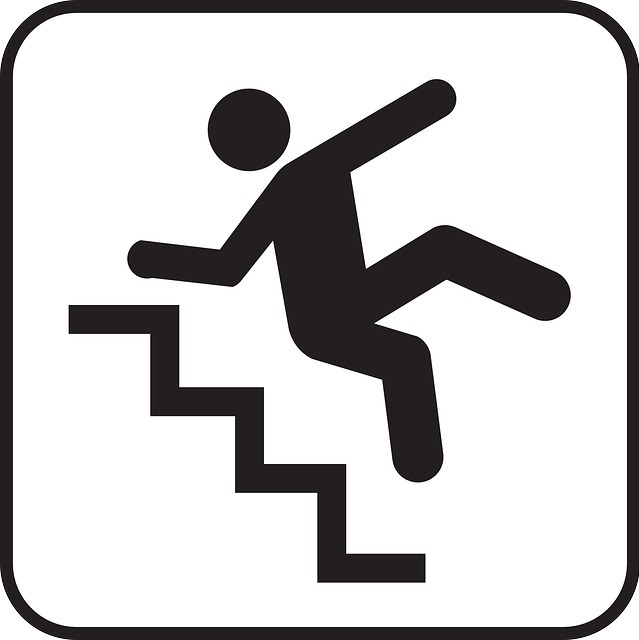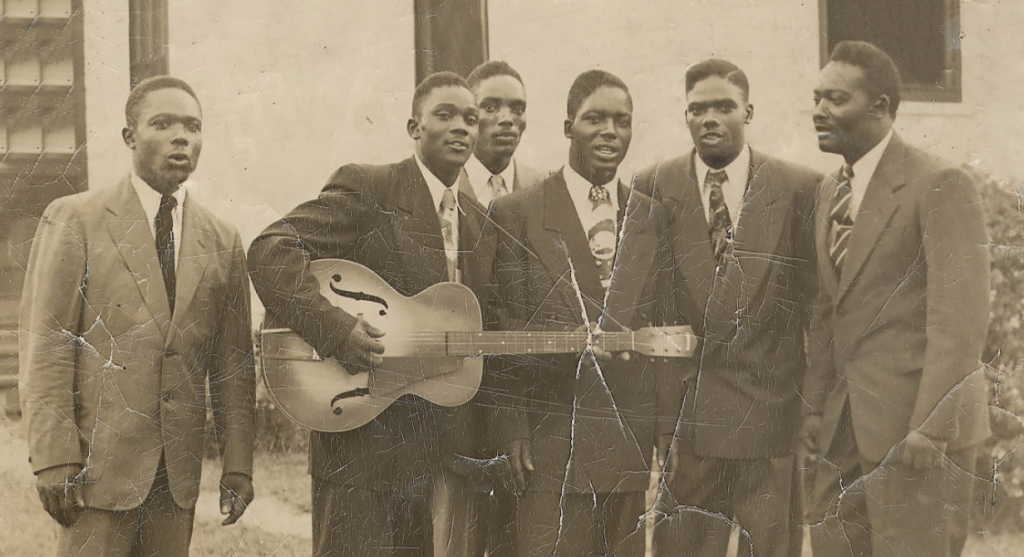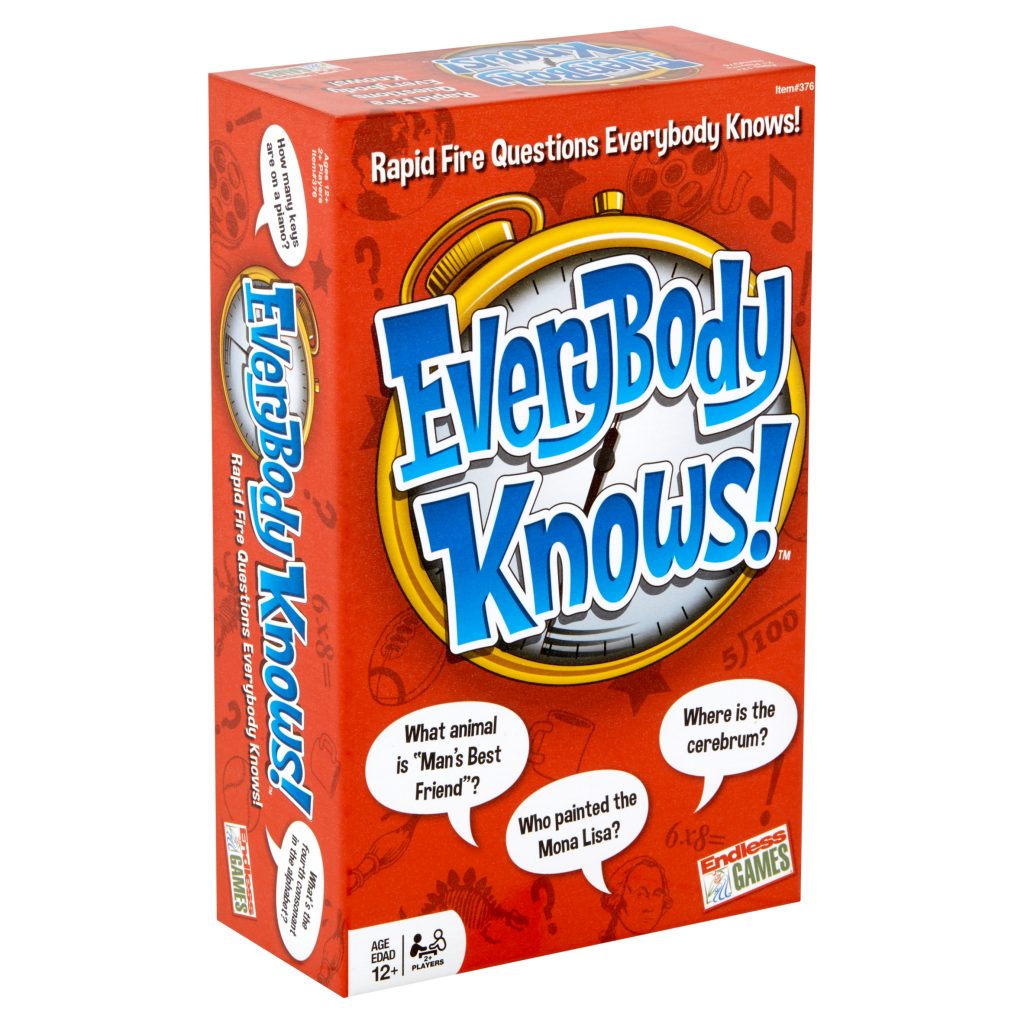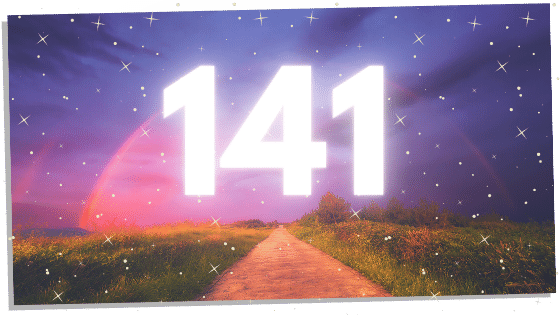In honor of my birthday*: a song about getting older and slower.

The song is something of a musical pun. One of the standard song forms in jazz is “Rhythm Changes.” This form uses the chords from Gershwin’s “I’ve Got Rhythm” as a starting point, then builds new melodies on top of this basic harmonic structure. Charlie Parker was especially famous for this form of musical contrafact, with rhythm change songs such as “Anthropology,” “Dexterity,” and “Moose the Mooche.”
As I’ve learned various rhythm changes songs, I find myself wondering, “Why are these so dang fast? I’m too old for this!” Thus was born the idea of a lethargic rhythm change song suitable for jazz musicians who are getting old and slow. Indeed, the lyrical theme is also about getting older and slower–and being content as these slow changes occur.
Though the song is somewhat tongue-in-cheek, the lyrics touch on deeper issues of the life cycle and were inspired in part by Joan Chittister’s book, The Gif of Years: Growing Older Gracefully.
*October 5. Gifts will be accepted annually throughout the entire month of October.










